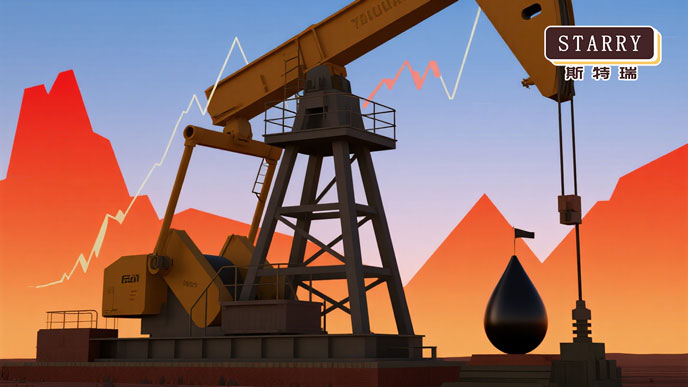In the changing global economy, the crude oil market is very important for economic growth. It remains a key focus for everyone. This week (August 11-17, 2025), the crude oil market will face the intertwined influence of numerous key factors. Dynamics in supply, demand, geopolitics, and macroeconomic policies will all add new variables to oil price trends.
On August 11, the United States announced a 25% tariff on Indian crude oil, steel, and other goods. This policy adjustment was like a bombshell, directly impacting India’s demand for crude oil imports. As a major consumer of chemicals such as toluene and phenol, this shift in import demand will trigger a chain reaction. As a major global crude oil importer, India imports an average of 1.75 million barrels of Russian oil per day, accounting for 35%-40% of its total imports. The US tariffs may make India change how it buys crude oil. India might look for other sources or buy less oil. This change will affect India’s energy supply. It will also cause a chain reaction in the global crude oil trade. This will impact the international supply chain for chemicals like styrene and benzene. It will significantly affect the supply and demand balance in crude oil and related chemical markets.

The ongoing conflict between Israel and Lebanon, coupled with the threat of secondary sanctions from the United States on Russian crude oil exports, has heightened tensions in the Middle East, a crucial global supplier of crude oil. If the conflict gets worse, it could disrupt shipping in the Red Sea. It may also affect Russian crude oil exports due to sanctions. This would create serious problems for the global supply of crude oil. It would impact the production of chemicals that depend on crude oil, like xylene and butanone. With the risk of supply disruptions escalating sharply, crude oil prices are likely to surge sharply in the short term, driving up costs for downstream products like toluene and acetone and triggering significant market volatility.



